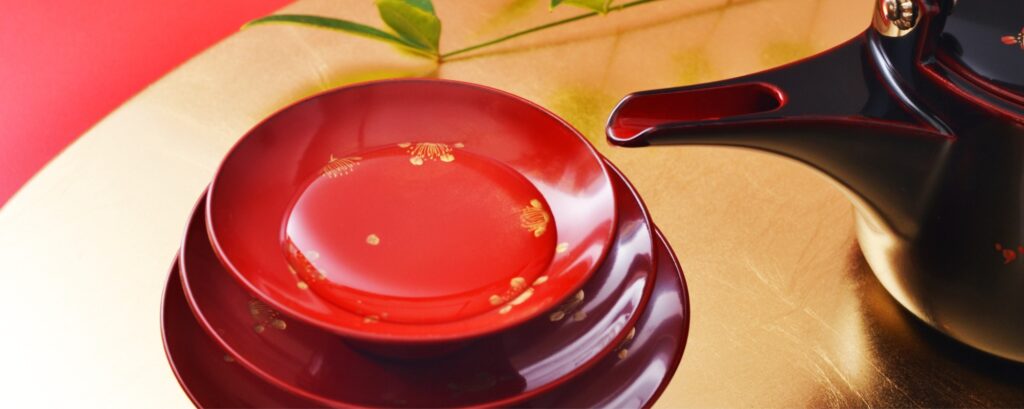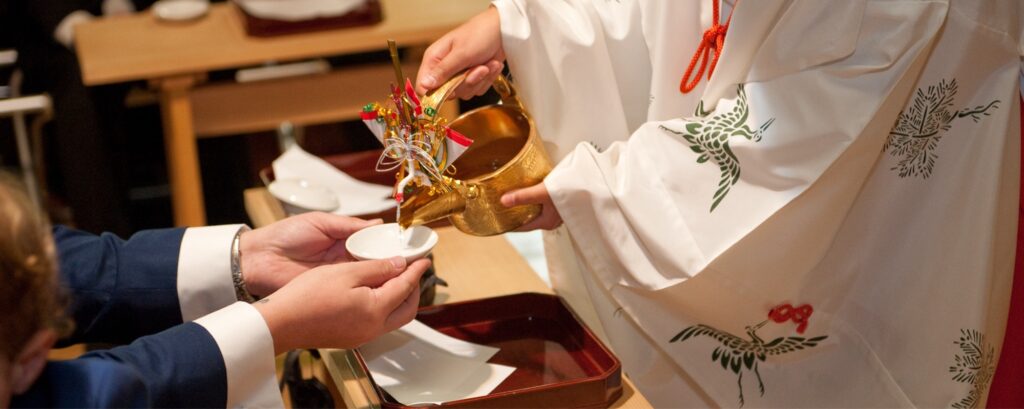
Japan
Sake for the new year celebration, ‘Otoso’
New year celebration, Oshogatsu (お正月) or Shogatsu (正月) in Japanese, is associated with a various types of events which are performed following the traditions. (*O is a suffix to make the word more formal.) There are certain events for Oshogatsu where Sake is essentially accompanied to, and there has been a strong connection between the new year custom and Sake. This article focuses on Oshogatsu and its relation with Sake.
Contents
Otoso (お屠蘇)

Otoso (お屠蘇)/Toso(屠蘇) is a herbal liquor that is made from Sake or Mirin and Tososan (屠蘇散) which is a brew of 5-10 mixed medical herbs.
Chinese characters of Toso (屠蘇) each describes” to remove the bad luck” and “to revive one’s spirit”. This is why Toso is consumed during the new year period, welcoming the new year without sickness and wishing a longevity. Otoso is unique in the sense that it has herbal medicine among all the celebrative Sake.
Manners how to drink Otoso
- Otoso needs to be consumed before Osechi, new year box-style dishes and Ozoni, mixed new year soup.
- Otoso should be consumed when family gather up with all facing the East
- Otoso should be consumed from the younger family members to the older members
Please keep in mind that these rules may be different from region to region. Geographical rules should be taken in accounts and the rules need to be adjusted accordingly.
Omiki (御神酒)

Omiki means Sake offered to God. There was a tradition in Japan to have a ‘miniature shrine at home’ where God was believed to rest. Sake offered to and left in front of the miniature shrine is said to have God’s spirits within. People are allowed to drink the leftover Sake from God.
Omiki is also offered at shrines at the time of new year visits to wish people’s health in the coming year by cleansing the bodies with sacred Omiki.
Manners how to drink Omiki
- Clap hands once (for a greeting to God) and hold the cup to receive Omiki
- Wait for God’s words and slowly take a sip of Omiki and finish it in 3 sips.
- When you finish the drink, use 3 fingers, thumb, index finger, and middle fingers to wipe up the part you placed your lips.
You do not have to push yourself, if you do not take alcohol. Trying to imitate the gestures and understand the meaning behind.
Kagami-biraki (鏡開き)

Kagami-biraki is performed to start a job or make a start for something. Both events below are called Kagami-biraki.
The first sense of Kagami-biraki means an event to take back the rice cake offered to God for the new year, and consume it. By consuming the product offered in front of God, it is believe to take in the blessings of God and wish for a healthy life in the coming year.
The second sense of Kagami-biraki means an event to break the lid of a Sake barrel and
Share the Sake inside with others. The round lid means a peaceful relation. Biraki (開) of
Kagami-biraki implies a gradual expansion. Thus, combining the meanings together, Kagami
Biraki carries a meaning of pre-celebrating the future development.
Both types of Kagami-biraki are performed to wish for a health and luck and achieve them. Kagami-biraki of rice cakes is often performed during the new year, but Kagami-biraki of Sake barrels are also performed for the company anniversaries, celebrations or weddings.
To conclude, Sake has long been offered to God following the custom. There are a number of traditional events organized around the new year, so you might find Sake more often in each occasion. Despite the fact it has a strong association with sacred events, Sake is to be consumed casually. Please do not feel obliged to follow every single formality, and try to enjoy the Sake the most after you get a little sense of Japanese tradition.
ikki is looking for a partner who can post your knowledge or activity on our media. If you are interested please contact us through CONTACT page.







